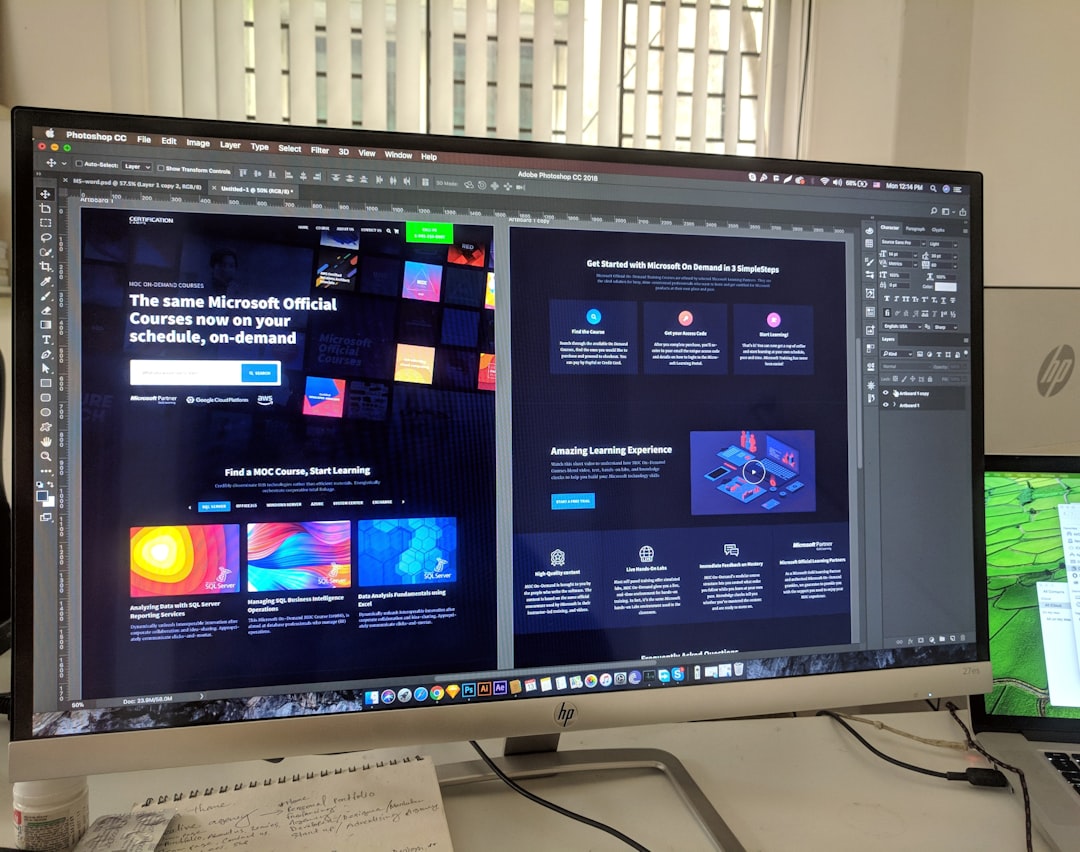In recent years, non alcoholic beer has become increasingly popular among consumers seeking a healthier lifestyle or simply wanting to enjoy the taste of beer without the effects of alcohol. This trend reflects broader changes in social attitudes towards drinking and health, as well as advances in brewing technology that have improved the taste and variety of non alcoholic options.
Traditionally, beer has been synonymous with leisure, social gatherings, and sometimes even excess. However, a growing number of people are choosing to reduce their alcohol intake for various reasons, including health concerns, religious beliefs, or personal preference. Non alcoholic beer offers a compelling alternative for these individuals, allowing them to participate in social occasions without feeling left out or compromising their lifestyle choices.
The production of non alcoholic beer has come a long way. Initially, these beverages were criticized for their lackluster taste and limited variety. However, modern brewing techniques have significantly enhanced their flavor profile, making them almost indistinguishable from their alcoholic counterparts. Brewers now use advanced methods to retain the complex flavors and aromas of traditional beer while effectively removing the alcohol content.
One of the primary motivations for choosing non alcoholic beer is health-related. Many people are becoming more conscious of their physical well-being and are looking to reduce their caloric intake. Since non alcoholic beers generally contain fewer calories than regular beers, they offer a lighter option that aligns with healthier eating and drinking habits. Moreover, they eliminate the risk of alcohol-related health issues, such as liver disease or addiction.
Social dynamics have also played a significant role in the rise of non alcoholic beer. In an era where inclusivity and mindfulness are valued, providing non alcoholic options at events or gatherings ensures that everyone can participate comfortably. This shift is particularly noticeable in younger generations, who often prioritize experiences and social connections over traditional drinking culture. For those seeking non alcoholic beer options, resources like non alcoholic beer offer a wealth of information and recommendations.
The appeal of non alcoholic beer extends beyond just abstainers. Many regular beer drinkers are incorporating these beverages into their routine as a way to enjoy the taste of beer without the potential negative effects of alcohol. This balance allows them to enjoy a beer during work lunches, as a refreshing drink after exercise, or even while unwinding in the evening without the worry of impairing their judgment or performance.
The market for non alcoholic beer is rapidly expanding, with an increasing number of breweries and brands entering the space. This growth is reflected in the diversity of styles and flavors available, ranging from classic lagers to rich stouts and even craft-inspired brews. The versatility of non alcoholic beer makes it an appealing choice for a wide array of consumers, offering something for nearly every palate.
For those interested in exploring the world of non alcoholic beers further, resources like this comprehensive guide provide valuable insights into the best options and trends in this growing market. As the demand for healthier and more inclusive drink options continues to rise, non alcoholic beer is poised to become a staple in the beverage industry.
In conclusion, non alcoholic beer represents a significant shift in the way people approach drinking. With its health benefits, social inclusivity, and improved taste, it offers an attractive alternative for those who want to enjoy beer without the alcohol. As this trend continues to grow, non alcoholic beer is set to become an integral part of modern drinking culture, catering to an increasingly diverse audience.






